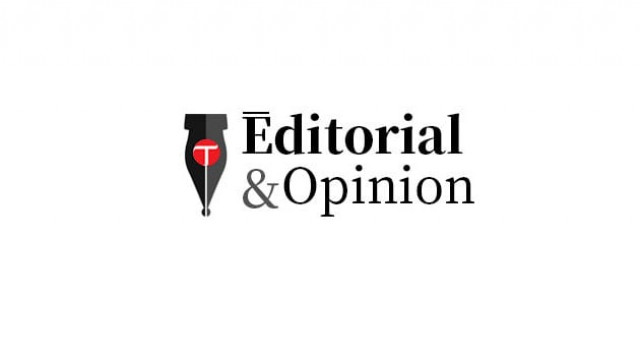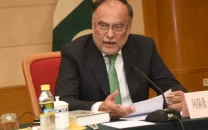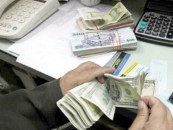Circular debt
The real problem is that largest contributors to circular debt in the power sector are not the deals with older IPPs

The federal government is hoping to slash most of its debt to independent power producers (IPPs) over the course of 2021 and resolve some of its broader circular debt problems in the process. The plan is to pay IPPs Rs450 billion in three installments of cash and government bonds. The amount matches up with the total owed to IPPs in October 2020. Even though a large amount for a year, the government believes that paying it off now will save it about Rs850 billion over the next decade, making it a sound investment.
IPPs, which are owed about Rs700 billion, have not all come on board yet, but seem to be interested in the plan as they have reportedly floated a condition of some upfront cash payment. For IPPs, the biggest sticking point is the government’s demand for a revised purchasing agreement under which pricing would be in rupees instead of dollars. The government’s desire to end capacity payments is also a problem for IPPs. However, it looks like neither of these will be a deal-breaker for several producers. That is a good thing because some aspects of the electricity tariff rate and policy changes being pushed by the government fall under the International Monetary Fund’s conditions for its loans. The real problem is that the largest contributors to circular debt in the power sector are not the deals with older IPPs — with whom the government is negotiating — but with newer ones that have popped up over the last decade or so.
Meanwhile, solutions are also being mulled over for the Rs1.6 trillion owed to oil and gas companies. Some of that is actually money owed to government-controlled businesses by IPPs, who held up their payments on account of the government withholding payments to them. Among the proposals is offering shares in government-owned power plants or oil and gas interests as payment for debts. While this seems both realistic and palatable for the government’s creditors, it may go against the government’s desire to keep control of state-owned enterprises. Considering their desire to hold on to state liabilities such as PIA, we hope they think through things and keep the long-term interests of the country in mind before selling actual assets.
Published in The Express Tribune, January 7th, 2021.
Like Opinion & Editorial on Facebook, follow @ETOpEd on Twitter to receive all updates on all our daily pieces.














COMMENTS
Comments are moderated and generally will be posted if they are on-topic and not abusive.
For more information, please see our Comments FAQ